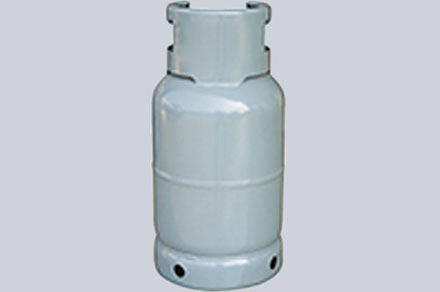LPG Cylinder Safety Measures: Handling, Storage, and Transportation Guidelines
Liquified Petroleum Gas (LPG) cylinders are a convenient and versatile energy source used in various applications, from cooking and heating to industrial processes. While LPG cylinders offer numerous benefits, ensuring their safe handling, storage, and transportation is of paramount importance. Adhering to proper safety measures is essential to prevent accidents, protect individuals, and maintain a secure environment. Let's explore the key guidelines for safely managing LPG cylinders to ensure a smooth and secure experience.
1. Proper Handling of LPG Cylinders
Always Use Appropriate Personal Protective Equipment (PPE)
When handling LPG cylinders, it's crucial to wear the necessary PPE, including gloves and safety goggles. This protective gear helps safeguard against potential leaks, splashes, or accidental releases.
Secure Cylinder Valves
Ensure that the cylinder valve is tightly closed when not in use. Avoid overtightening, as this can damage the valve. If a valve is damaged or malfunctioning, it's essential to seek professional assistance before use.
Prevent Cylinder Impact
Avoid dropping or striking LPG cylinders, as this can cause damage to the cylinder and potentially lead to gas leaks. Handle cylinders with care and avoid rough handling during transport.

2. Safe Storage of LPG Cylinders
a. Store Upright and in Well-Ventilated Areas
LPG cylinders should be stored in an upright position to prevent valve damage and ensure proper gas circulation. Store cylinders in well-ventilated areas to disperse any potential gas leaks.
b. Keep Cylinders Away from Heat Sources
Store LPG cylinders away from direct sunlight, open flames, and other heat sources. High temperatures can increase pressure within the cylinder, leading to potential leaks or ruptures.
c. Maintain Distance from Flammable Materials
Keep LPG cylinders away from flammable materials, such as paper, cardboard, and combustible liquids. Maintain a safe distance to minimize the risk of fire.
3. Safe Transportation of LPG Cylinders
Secure Cylinders During Transport
When transporting LPG gas cylinder, ensure they are securely fastened and in an upright position to prevent rolling or tipping. Use appropriate restraints to keep cylinders stable.
Adequate Ventilation in Vehicles
If transporting LPG cylinders in a vehicle, ensure proper ventilation to prevent the accumulation of gas fumes. Keep windows partially open to allow for air circulation.
Avoid Overloading
Do not overload vehicles with excessive numbers of LPG cylinders. Follow weight and capacity guidelines to maintain vehicle stability and prevent accidents.
4. Emergency Preparedness
a. Educate Personnel
Ensure that individuals handling LPG cylinders are trained in proper safety procedures and emergency protocols. This includes recognizing gas leaks, knowing how to shut off valves, and understanding evacuation procedures.
b. Gas Leak Detection
Familiarize yourself with the distinct odor of LPG, which is added to help detect gas leaks. If you suspect a gas leak, immediately turn off the cylinder valve, ventilate the area, and seek professional assistance.
c. Emergency Contact Information
Keep emergency contact numbers for LPG suppliers, local authorities, and fire departments readily accessible in case of accidents, leaks, or other emergencies.
5. Professional Inspection and Maintenance
a. Regular Inspections
Schedule regular inspections of LPG cylinders by qualified professionals. This includes checking for signs of wear, corrosion, and ensuring proper valve functioning.
b. Timely Replacement
Replace LPG cylinders that are outdated, damaged, or show signs of wear. Avoid using cylinders that have exceeded their recommended lifespan.
In conclusion, LPG cylinders are a valuable energy source, but their safe handling, storage, and transportation are crucial for preventing accidents and ensuring the well-being of individuals and the environment. By following these safety measures and guidelines, you can enjoy the benefits of LPG cylinders while minimizing risks and promoting a secure and responsible approach to energy usage.

Comments